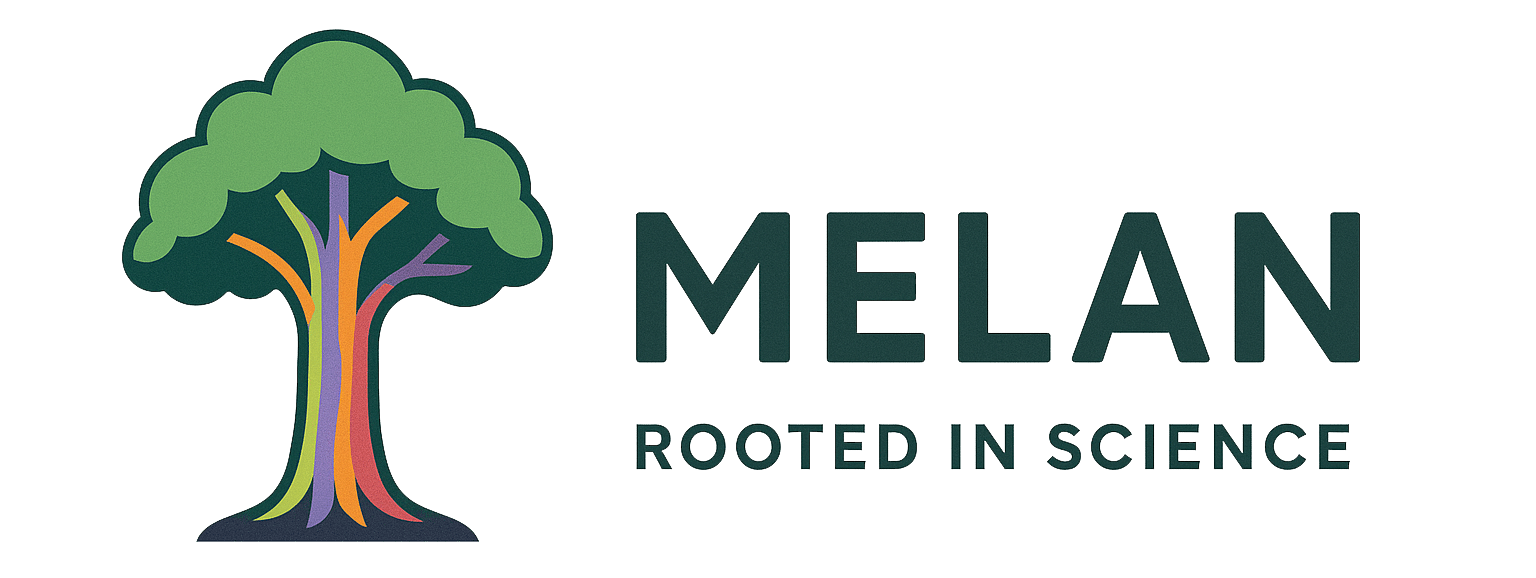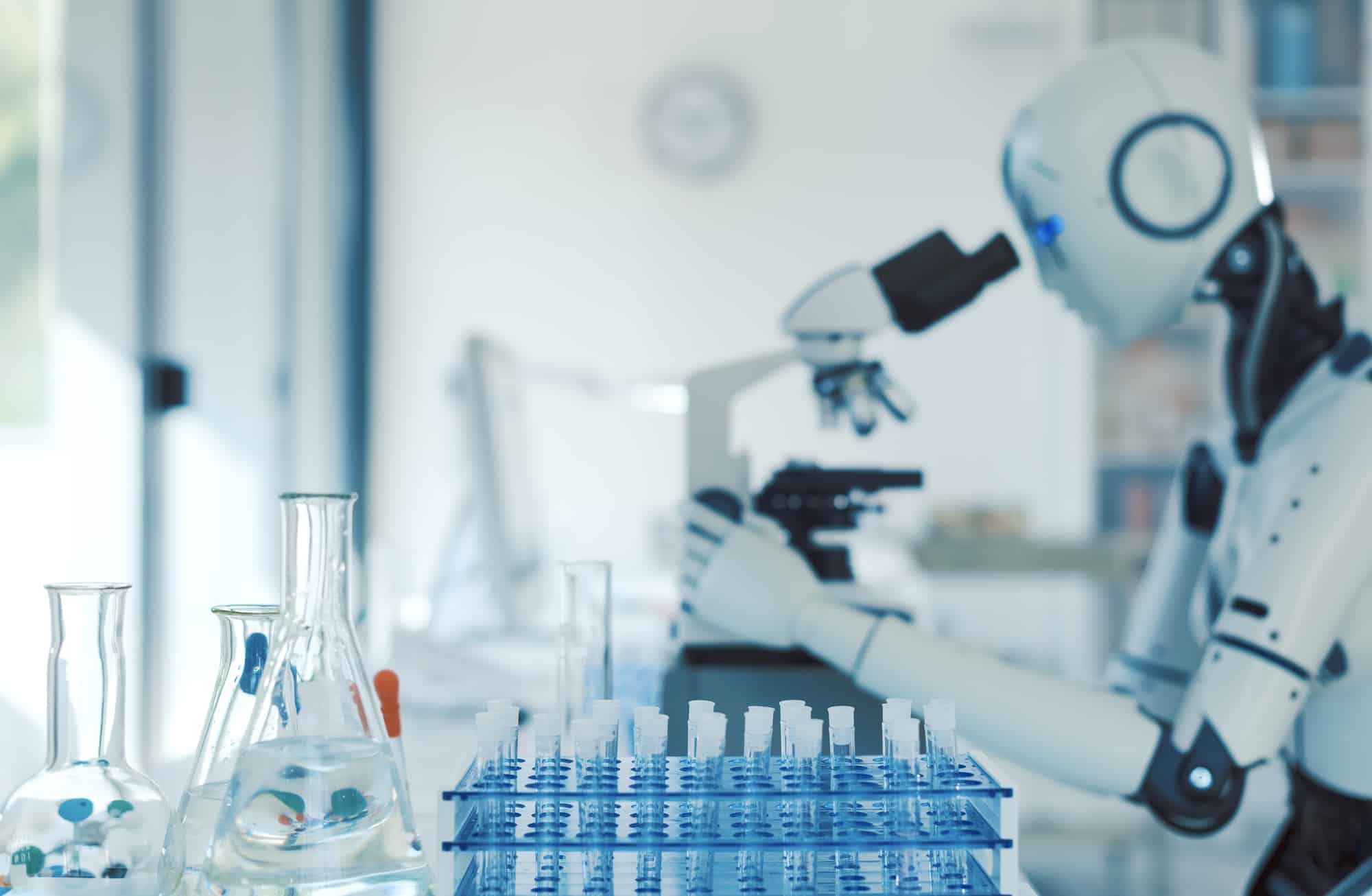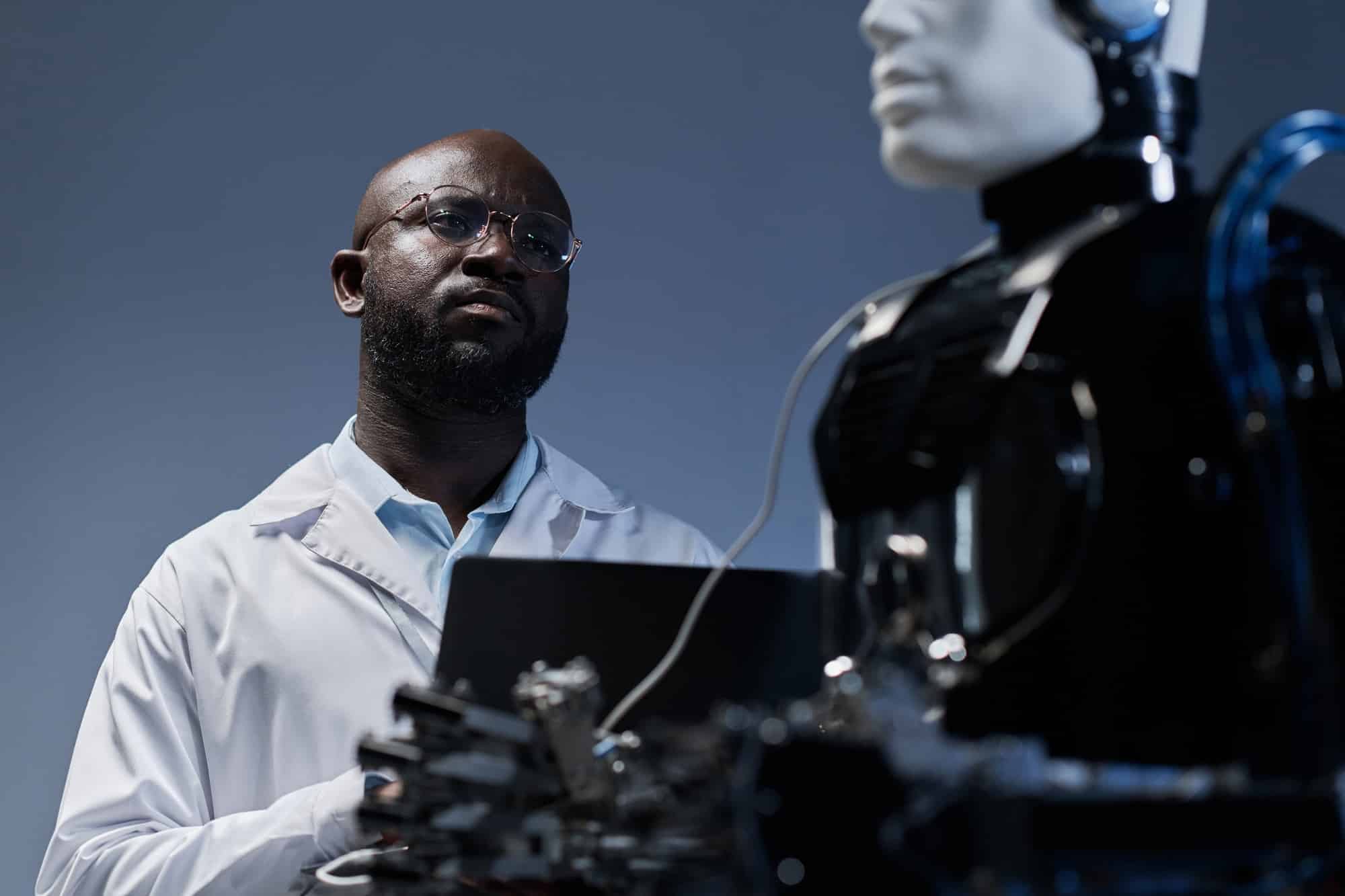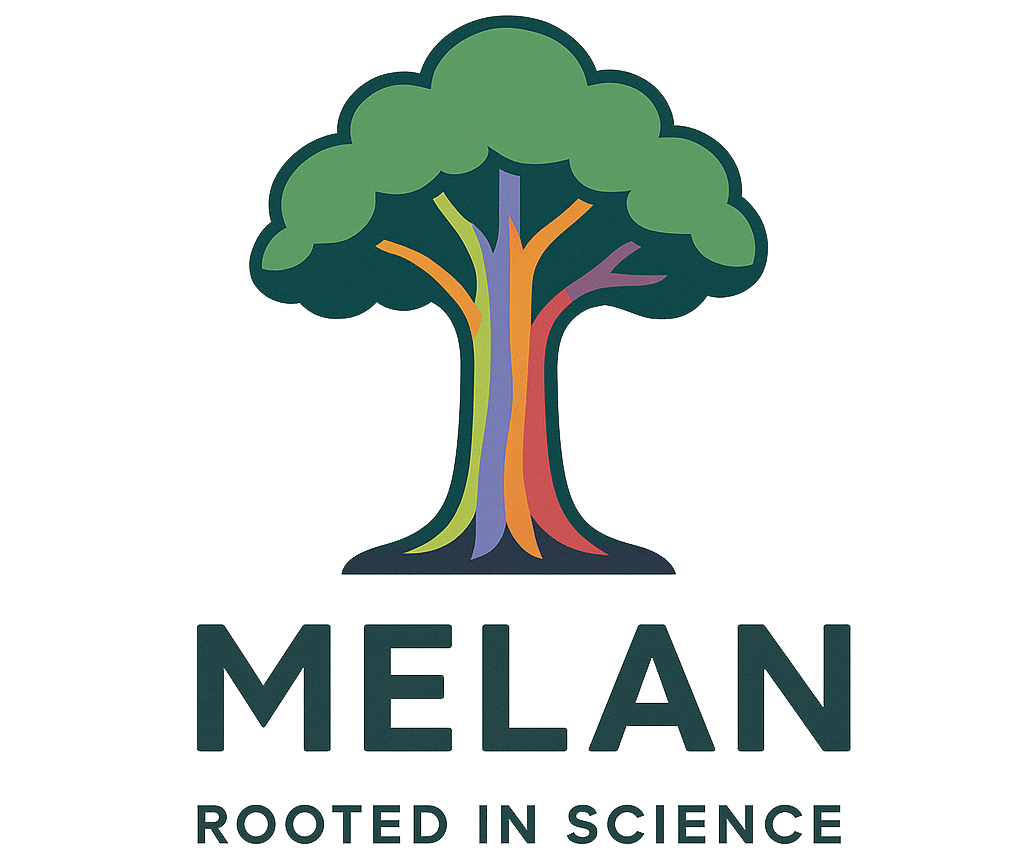AI companies may be inadvertently blocking the development of life-saving medicines through premature patent filing practices that lack rigorous testing evidence.
A review published in Science journal revealed that AI-native drug development firms file patents with significantly less animal testing than traditional pharmaceutical companies; only 23% of AI patents contain in vivo experiments compared to 47% of conventional drug patents. This disparity raises critical concerns about whether AI-driven patent strategies could create barriers to medical innovation rather than accelerating it.
AI Companies Patent 50% Fewer Tested Compounds Than Traditional Firms
The research, analyzing 154 matched patents from 77 AI-native firms and 77 traditional companies, found that AI firms test an average of just 0.8 compounds in animal studies per patent, compared to 3.1 compounds for traditional developers. More concerning, only 12% of AI patents include critical ADMET (absorption, distribution, metabolism, excretion, toxicology) experiments compared to 26% of traditional patents.
This suggests that AI pharma companies may be “scooping up patents solely on the basis of preliminary computer output,” potentially creating what researchers call “patent thickets” that prevent other companies from developing promising compounds. When molecules are patented without proper testing, other firms typically avoid studying those compounds because they cannot obtain exclusive rights, even though the original patents could theoretically be licensed.
Untested Patents Could Block Development of Breakthrough Medicines
The implications extend far beyond intellectual property disputes. Patents obtained on drugs studied only through computer simulations may dissuade others from conducting proper testing, whether for the first time or in different diseases or populations. This creates a scenario where potentially life-saving treatments remain undeveloped because competitors are blocked from investing in their advancement.
The concern is particularly acute given the scale of AI-generated molecular disclosure. While AI-native firms don’t disclose significantly more molecules than traditional companies (median 101 vs 90 compounds per patent), both groups routinely disclose hundreds, sometimes thousands, of molecules per patent. Each disclosed but untested molecule becomes prior art that can block future patenting by other researchers.
Laboratory Scientists Warn AI Cannot Replace Animal Testing
The scientific community’s response to AI’s expanding role in drug development reveals deep concerns about patient safety and research integrity. Laboratory researchers express widespread skepticism about AI’s readiness to replace traditional testing methods, with one scientist noting that “We cannot program AI to know things that we do not know.”
Multiple researchers warn that AI cannot predict biological responses beyond current scientific understanding, emphasizing that molecular properties depend on nanoscale interactions that fluctuate on scales smaller than the structural changes chemists can actually make to molecules. This fundamental limitation raises questions about whether AI predictions alone provide sufficient evidence for patent protection.
Industry professionals report frequent encounters with AI companies making exaggerated claims. Common patterns include companies that can demonstrate basic capabilities but cannot deliver on advanced features, or AI models that predict properties already known to medicinal chemists without providing additional context about trade-offs between different molecular properties.
AI Drugs Show 80% Success Rate in Early Trials Despite Testing Concerns
However, the relationship between AI capabilities and clinical outcomes presents a more complex picture. Comprehensive analysis of AI-discovered molecules in clinical trials shows an 80-90% success rate in Phase I trials, substantially higher than historic industry averages of 40-65%, suggesting AI algorithms may be highly capable of designing molecules with drug-like properties.
This clinical success occurs across different discovery modes, with 75 AI-discovered molecules entering clinical trials since 2015, growing at over 60% year-over-year. Yet Phase II success rates for AI-derived drugs (40%) align with historic industry averages of 30-40%, indicating that while AI excels at creating viable drug candidates, achieving clinical efficacy remains challenging.
FDA Plans to Replace Animal Testing with AI Models
The FDA’s recent announcement to replace animal testing with AI has intensified the debate. The agency plans to leverage “AI-based computational modeling, human organ model-based lab testing, and real-world human data” to accelerate drug approvals while reducing research costs.
This policy shift concerns researchers who argue that current AI systems cannot adequately predict complex biological responses. Scientists emphasize that even advanced organ-on-chip technologies are insufficient to predict systemic drug effects or pharmacokinetic properties like drug metabolism and distribution.
Meanwhile, academic research documents sophisticated AI methodologies successfully operating across the drug discovery pipeline. Graph Neural Networks achieve AUC scores of 0.957 for drug-target interactions, while Transformer-based models show 2-4% improvements in toxicity prediction over traditional methods, with models like ChemBERTa achieving 0.973 AUC on drug-target interaction prediction.
AI Could Double Drug Development Success Rates if Current Trends Continue
The economic stakes are substantial. If current AI success rates persist, academic modeling suggests end-to-end clinical success probability could nearly double from 5-10% to 9-18%, representing “almost a doubling of pharmaceutical R&D productivity overall.”
However, realizing these benefits requires addressing current limitations. Key challenges include data accessibility and bias control, model interpretability through explainable AI, integration with existing pharmaceutical infrastructure, and regulatory acceptance frameworks.
Researchers Propose New Patent Rules to Balance Innovation and Access
The Science journal study proposes several policy solutions to balance innovation incentives with research access:
- Raise the Evidentiary Bar: Requiring more substantial testing evidence before granting patents could prevent premature filing while encouraging more thorough preclinical development.
- Enable Secondary Patenting: Allowing others to obtain patents on previously disclosed but untested molecules could encourage follow-up research and development.
- Strengthen Regulatory Exclusivity: Enhancing market exclusivity periods for drugs that complete clinical trials would provide innovation incentives independent of early patent filing.
- Mandate AI Testing Disclosure: When AI models are used as alternatives to animal testing, companies should be required to disclose these methods in patent applications to enhance confidence in their reliability.
Patent Reform Essential as AI Transforms Drug Discovery
The tension between AI innovation and patent policy reflects broader challenges in governing emerging technologies. While AI demonstrates genuine promise in accelerating drug discovery, current patent practices inadvertently hinder the translation of computational predictions into clinical reality.
Industry Develops New Standards to Address AI Limitations
The field is systematically evolving beyond current constraints through development of standardized datasets, improved model architectures, and enhanced validation methodologies. Success will require balancing the legitimate intellectual property interests of AI innovators with the broader public interest in ensuring promising molecules receive adequate testing and development.
Public Health Crises Demand Urgent Policy Framework Updates
The stakes could not be higher. In a world facing mounting health challenges from pandemic preparedness to rare disease treatment, the pharmaceutical industry’s ability to rapidly develop safe, effective medicines depends on policy frameworks that promote rather than hinder scientific progress.
Policymakers Must Align Patent Systems with Medical Innovation Goals
As AI capabilities continue to advance, policymakers must ensure that patent systems evolve to support rather than constrain the development of breakthrough therapies. The current disconnect between computational promise and testing rigor represents not just a legal challenge, but a public health imperative that demands immediate attention.
The question about AI drug discovery now focuses on whether intellectual property systems will enable or obstruct life saving efforts for human health.






